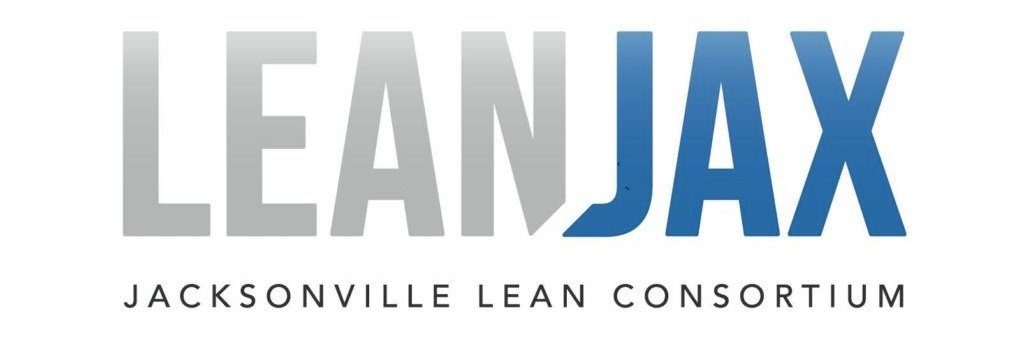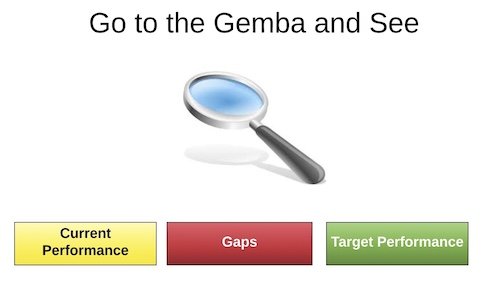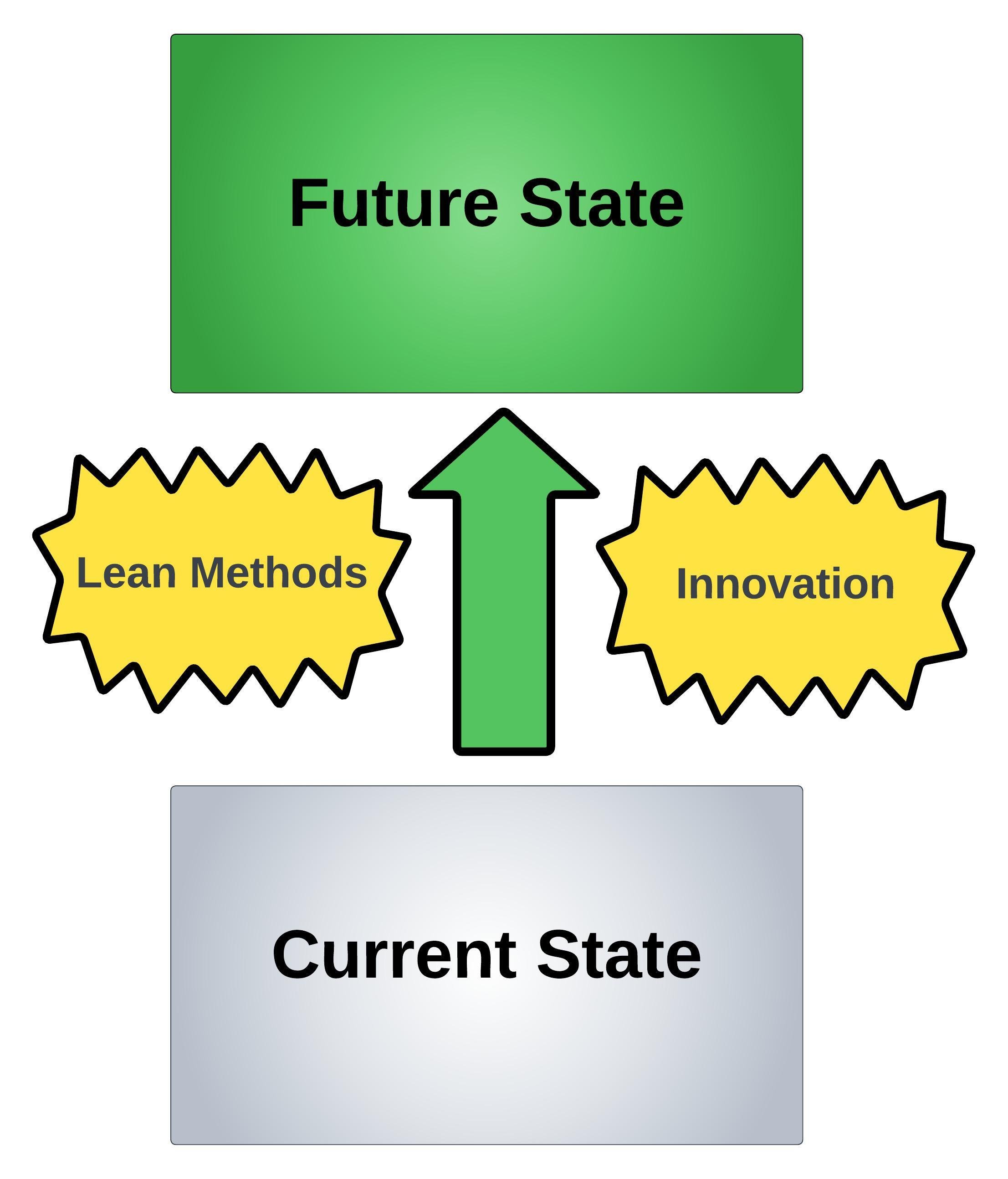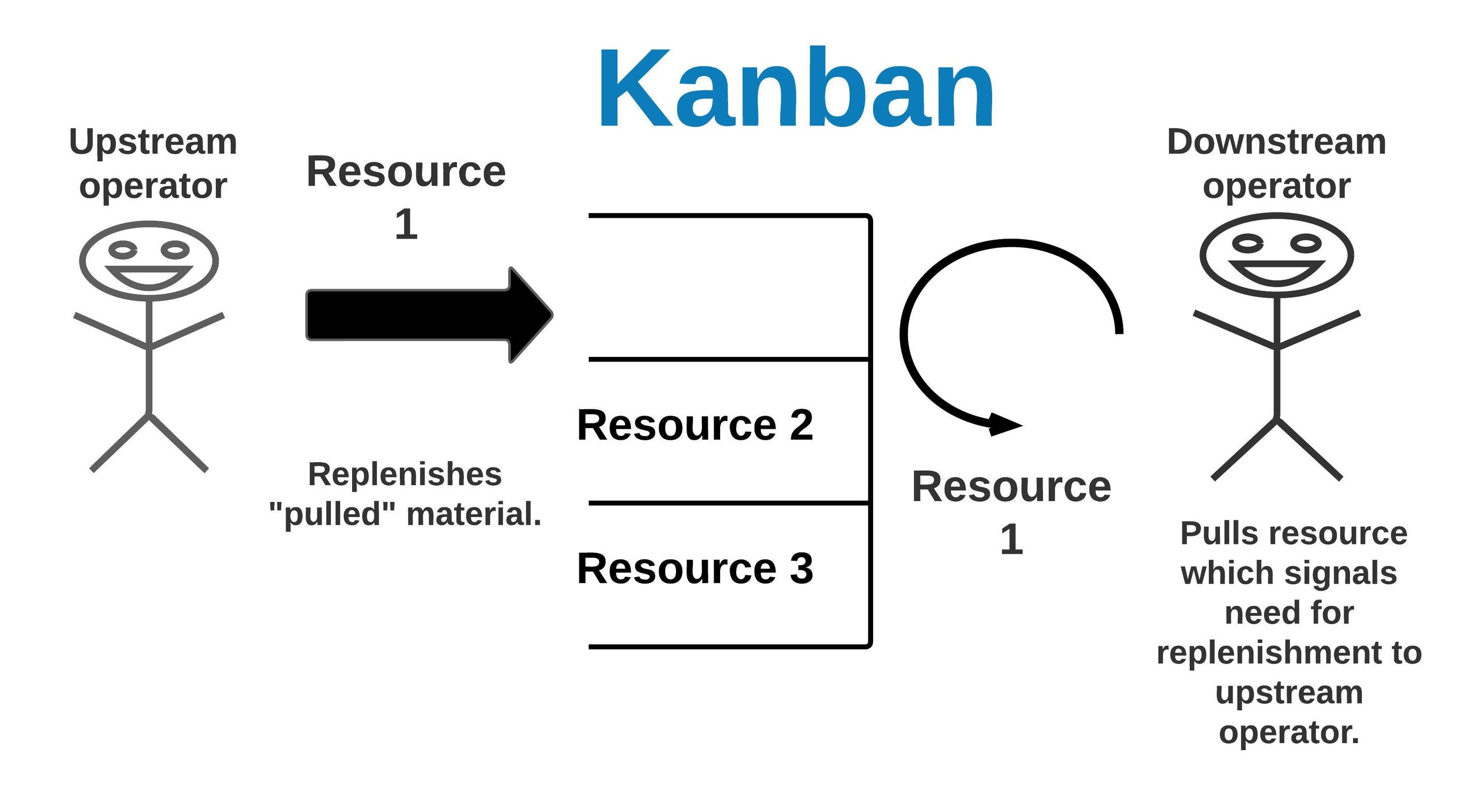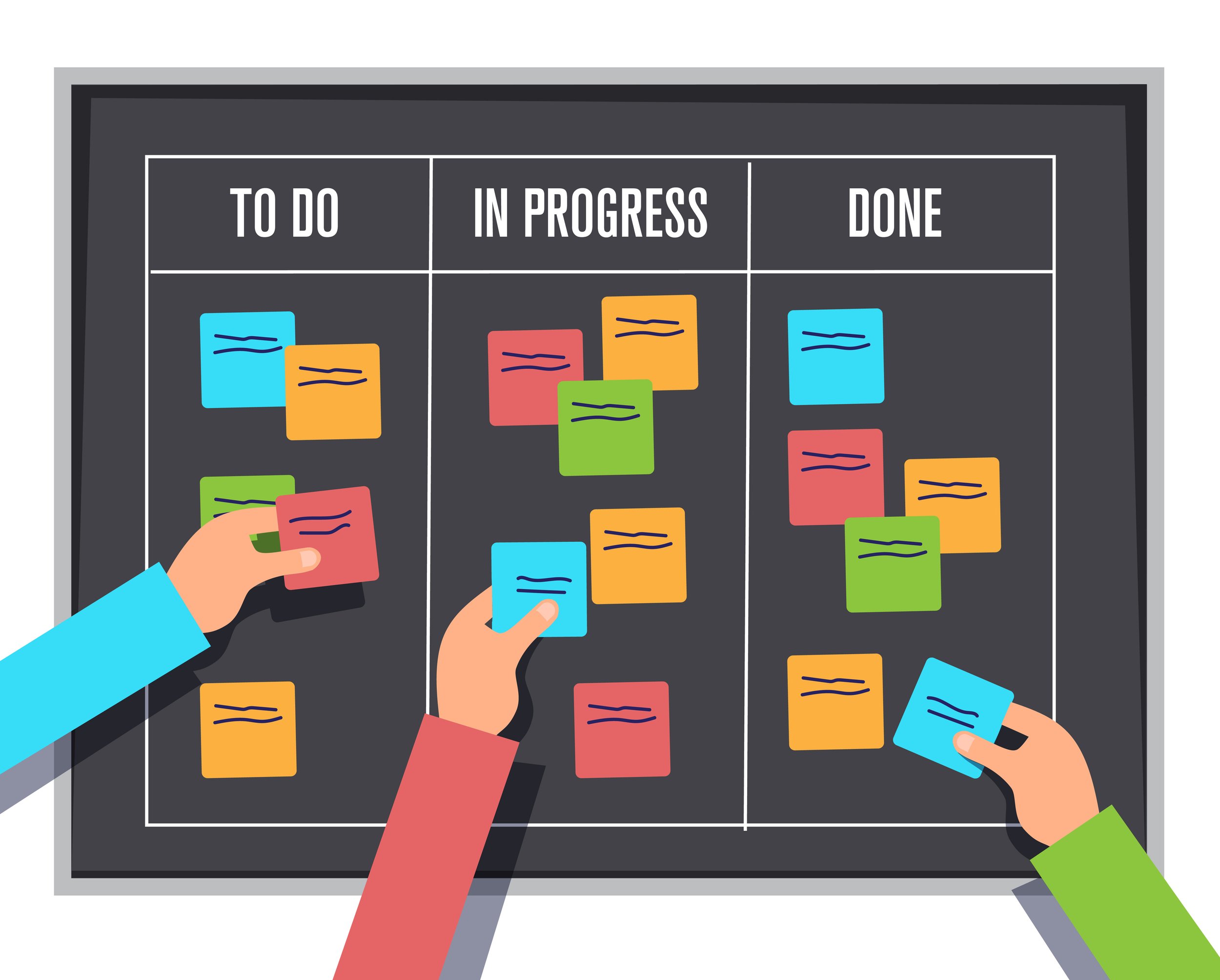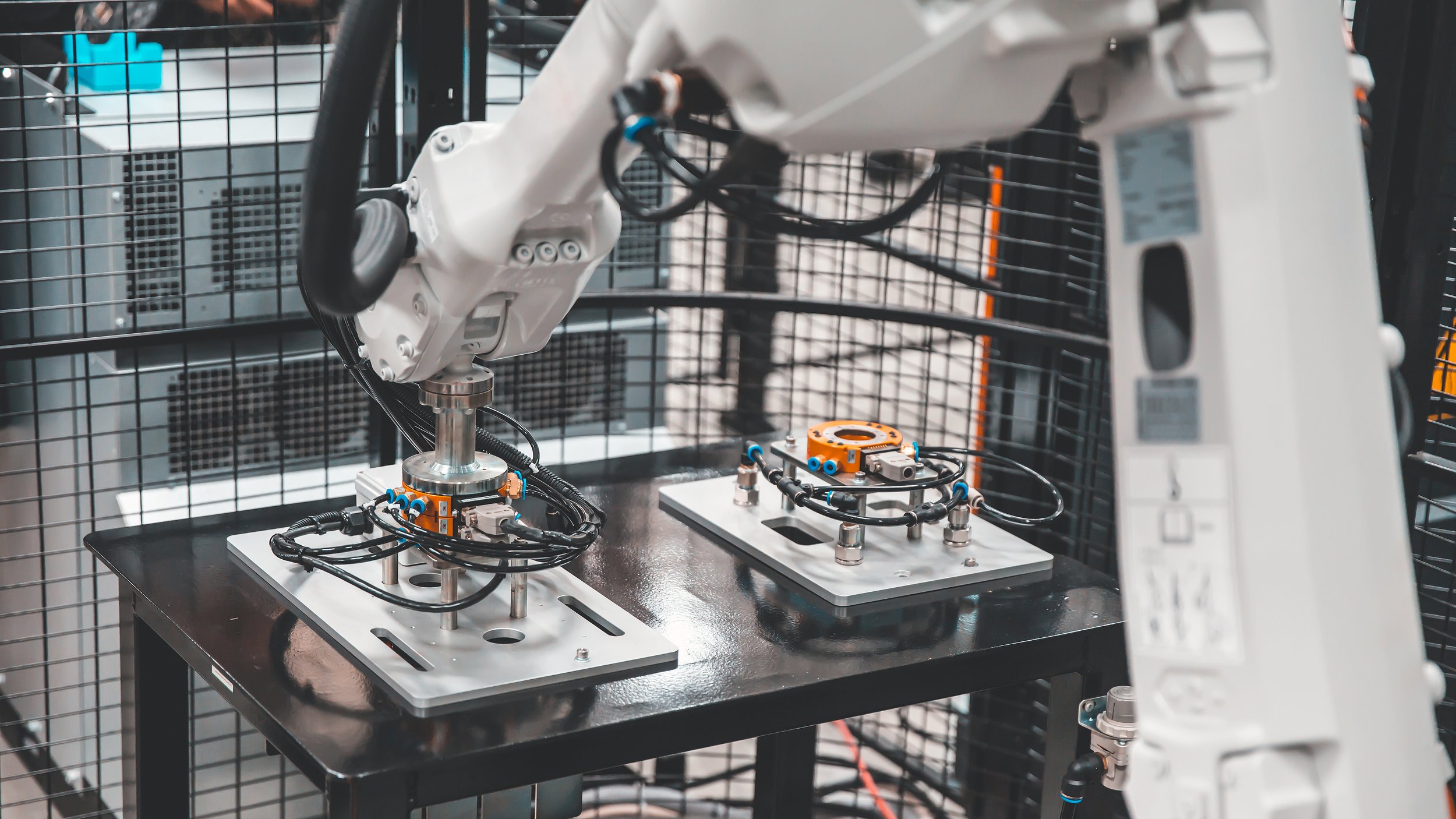My 2024 Visual Glossary of Lean Thinking’s Japanese Terminology
If Leonard Maltin can have an annual movie guide, I can have an annual guide of something, and this is that something!
Interested in Lean Thinking but confused by the Japanese terminology?
Surprised to hear that Ohtani isn’t the word for continuous improvement?
Wondering if the Yakuza are adept Lean practitioners?
I can help with one of those. Let’s get to work.
3 M
Three terms often used together in the Toyota Production System that collectively describe wasteful practices to be eliminated.
Muda: Waste— any activity that consumes resources but creates no value for the customer.
Mura: Unevenness— uneven workflows caused by fluctuating production volumes due to internal problems such as process downtime, defects, and part/supply shortages.
Muri: Overburdening - excessive demand on a system that causes the system to produce beyond its reasonable capacity. Pushing a machine or person beyond natural limits. Overburdening people results in safety and quality problems. Overburdening equipment causes breakdowns and defects.
If you are reading this, you’ve probably heard of the 8 wastes. From my perspective, if Mura and Muri don’t fit the criteria of the 8 wastes, than why aren’t there 10 wastes? I’m pretty sure most people could remember 10 wastes.
Well, anyway, the terms represent non-value added time. Here is a visual made that is probably way too generous.
Could have used Poka-Yoke when making this one.
Andon
The term for visual management; often involve providing the operator with stop the line authority any time an abnormal condition is observed. Toyota provides its’ employees with an andon cord to pull which shuts down the machine and signals the need for supervisor assistance.
Chaku-Chaku
I enjoy saying this one—translates to load load; refers to the method of conducting one-piece flow in a cell where machines unload parts automatically so that the operator can carry a part directly from one machine to the next without stopping to unload the part, thus saving time and reducing motion.
Gemba
Japanese term for real place, often refers to anywhere where value-creating work occurs. The Gemba could be a production floor, hospital room, restaurant, construction site, office, virtual meeting room, etc…
Kaizen and Gemba are the two Japanese terms that you absolutely need to know. I’ve never seen these two words ever fail to make a person smile, outside of employees at businesses deploying “fake Lean.” You know who you are.
Gemba Walk
Lean leadership practice for grasping the current situation through direct observation and humble inquiry before acting.
Genchi Genbutsu
Translated in English to the actual place and actual thing; the principle of teaching by going directly to the source to find facts, gather data, make effective decisions, and achieve results.
Hansei
Term for self-reflection; the continuous improvement practice for individuals and teams to reflect on lessons learned at key milestone (quarterly, at the end of projects, etc.)
Used to own mistakes, develop countermeasures, and share knowledge throughout the organization; sometimes referred to as a post-mortem.
Heijunka
Term for leveling or smoothing the production schedule, achieved by averaging out both the volume and mix of products throughout the production line.
This method enables the operation to adapt promptly to fluctuations in customer demand, by evenly producing various kinds of products each day in a small amount. Additionally, it allows for timely responses to variations in customer orders without relying on sizable inventories.
Heijunka Box
Lean method used to level the mix and volume of production by distributing visual pull signals within a facility at fixed intervals.
Hoshin Kanri
Hoshin= the organization’s compass or true north
Kanri= the organization’s strategic plan to reach true north.
An enterprise-wide method for aligning continuous improvement objectives with a company’s vision, purpose, and key result areas.
Enables organizations to visualize, prioritize, select, and manage critical improvement efforts, then cascade these improvements through all levels of the enterprise.
Known as Strategy Deployment in the United States.
Ishikawa (Fishbone) Diagram
Graphical display that shows and categorizes all the causes and sub-causes of a problem —used to organize and display the interrelationships of various theories of a root cause of a problem.
Kaikaku
Radical, revolutionary improvement of a value stream (See Systems Kaizen) Examples of this include, reducing set up time from 4 hours to 5 minutes, slashing lead times from 6 months to 2 days, transition from batch production to continuous flow and increasing production 10X.
Impossible you say? Well, we better start today.
Kaizen
Japanese word referring to continuous improvement achieved by making incremental changes Types of Kaizen:
Systems Kaizen: Management led attempts aimed at improving the overall value stream by enhancing material and information flow.
Process Kaizen: Team-based approach aimed at eliminating waste and making improvements in specific areas within the value stream.
Kaizen Event: Also known as rapid improvement events or “RIE",”structured improvement events endorsed by an executive sponsor, led by a team champion, guided by a facilitator, and anchored by a cross-functional team challenged to reach stretch improvement goals within a condensed time.
Kaizen events are the most effective way for project teams to make rapid, significant, and sustainable improvements to key processes.
Kanban
Translates to “sign board” in English, Kanban is used as a communication tool in Lean systems.
Visually signals upstream workers when to advance work downstream.
Purpose is to create a buffer to synchronize two disconnected processes and control the flow of material or information.
Two-Bin Kanban System
Type of Kanban system where items are kept in two identically sized bins. An empty bin signals workers to refill it—often used when the bin’s replenishment time is considerably shorter than its’ consumption time.
Production Kanban
Visual signal (often a card) that instructs upstream workers to make the type and quantity of products requested by the downstream process.
Withdrawal Kanban
Visual signal that authorizes an upstream process to move parts or products downstream.
Kanban Board
A visual management device (often used during daily huddles) that helps teams quickly visualize and review their work, allocate responsibility, prioritize tasks, and share resources.
These boards can be adapted to fit the specific area or team’s needs; often includes columns from to do, doing, and done.
Kata
A structured routine you deliberately practice as a beginner, so its’ pattern becomes an ingrained habit.
Improvement Kata
Routine of establishing challenging target conditions, working step-by-step through obstacles, and always learning from problems and mistakes.
Coaching Kata
Pattern of teaching the improvement kata to employees at every level to ensure it motivates their ways of thinking and acting; involves structured coaching cycles and deliberate practice.
Jidoka
Smart machines that shutdown when an error is made; enabling the machine or human operator to stop the line and implement immediate countermeasures.
Jidoka is also known as autonomation--automation with the human touch. This system provides operations with the ability to build in quality at each process and separate operators from machines, consequently, freeing them up to complete value-added work while the machine is running.
Nemawashi
Laying the foundation for a proposed change or project by speaking to the stakeholders to gather support and receive feedback, with the gain of obtaining consensus.
Obeya
Translates to big room in English. Obeya is a visual leadership room—a location where all the necessary information that describes the health of a company’s continuous improvement journey resides. These are similar to war rooms and often include highly visual charts and graphs that track the overall work strategy, as well as milestones for specific projects.
Additionally, many Lean organizations use the Obeya as the home for tiered, daily accountability meetings. Obeya has become increasing popular in the Lean construction movement to ensure projects stay on track.
Poka Yoke
Translated in English to “ fool-proof,” Poka Yoke is a proactive approach to detecting or preventing defects by designing and implementing creative devices and procedures.
Who is that fashionable Lean sensei heading to the Gemba???
Sensei
Japanese word for teacher. A Lean sensei has repeatedly demonstrated mastery in the Lean fundamentals and mentors others on their Lean journey.
Yokoten
The practice of communicating information, aligning key actions, reflecting, and sharing best practices and lessons learned across functional areas—emphasizing learning at an organizational level.
The goal is to leverage the collective knowledge and experience of an organization to build a learning culture that gains a sustainable competitive advantage in the marketplace.
My apologies to:
5S (English translations work just fine.)
Hanedashi
Kamishibai
Mizusumashi
Shojinka
Shoninka
Shoryokuka
Tsurube (System)
Yamazumi (Chart)
